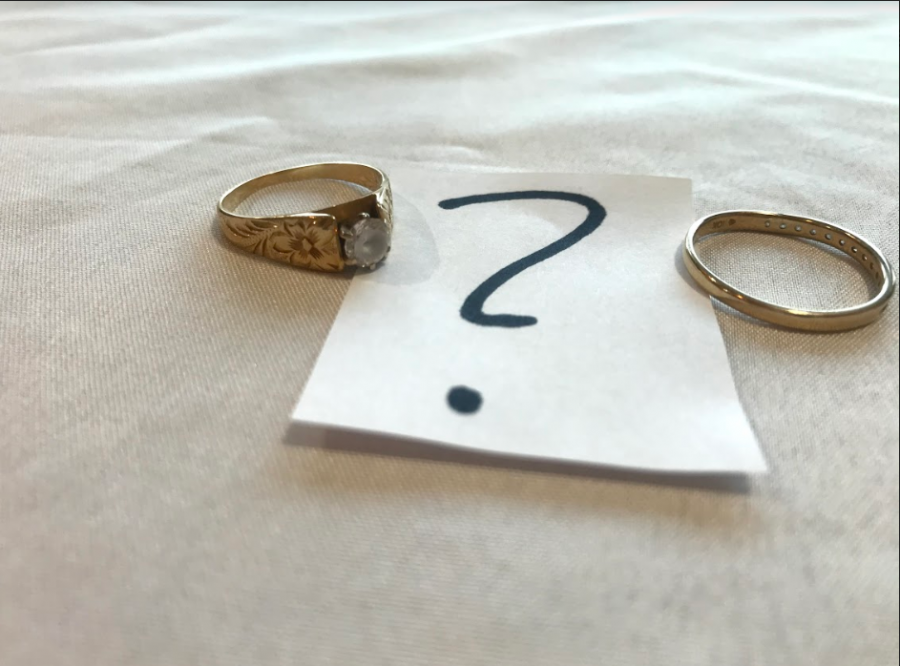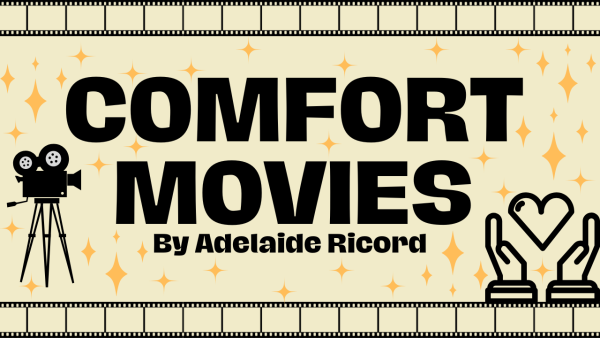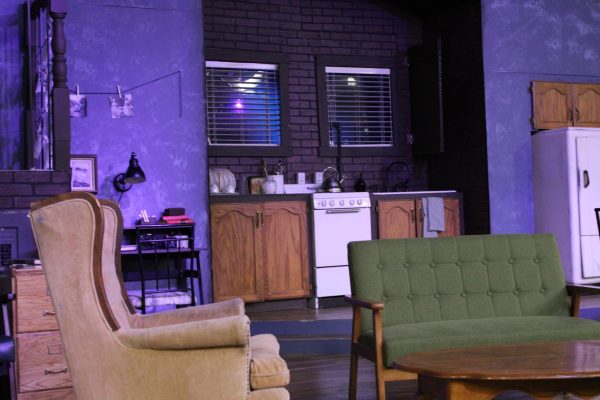What arranged marriage really is
A man and woman’s golden wedding rings sit across from each other and between them, a black, bold question mark.
November 21, 2019
A long-standing tradition, one viewed with much controversy, is arranged marriage. Arranged marriages have been around since ancient times and are practiced worldwide. It wasn’t until the 18th century that arranged marriages became less common in European countries. They were imposed to strengthen family relationships or form alliances with other people of power according to the New World Encyclopedia. One of the most famous arranged marriages was Marie Antoinette and King Louis XVl.
Depictions of arranged marriage can also be found in many films and show an array of them. Reign, a show on Netflix, shows many ladies married off to help the country strengthen alliances. They show the feelings people go through and help show what people have done throughout all of history.
There are a few types of arranged marriages and differ from person to person. The two main categories are consensual arranged marriage and forced marriage. In a forced marriage the bride or groom has no say, they have to get married despite their feelings. When it is consensual the bride or groom agrees and knows what they are getting into. They both agree to marry each other.
“They are not the same! I know that some don’t understand but we should be open and accepting to other people’s ways, rather than immediately assuming it’s bad,” said senior Ashley Fall.
Most often, people’s initial reaction to arranged marriages is based on the forced category of arranged marriage. It is also closely associated with forced child marriage to those who may not be familiar with arranged marriage. These girls are married off as young as thirteen years old with no say. Child marriage is quickly becoming more discriminated against and not legal in many countries. This would never happen in a regular arranged marriage.
“I’ve never really understood arranged marriage, I feel like it creates a messed up situation but also it’s none of my business,” said senior Kennya Magallanes.
For some, it can be difficult to see past what they know when that’s all they have been taught about arranged marriage. However, statistics show, less than 25% of arranged marriages are forced according to a 2012 study done by Statistic Brain.
“My brother and all my cousins have had arranged marriages in the past few years or will be married in the next few years,” said senior Fall.
In fact, in places where it is more common, there is a preference toward arranged marriages. In the U.S. you will find significantly less forced marriage given it has laws and a looser mindset than other countries who more prominently practice arranged marriage.
As more people integrate their culture to the U.S the trend follows. It is likely that people with an arranged marriage background will be married to someone of their parents’ choosing. More likely than not the person the parents choose will be closely involved with the family. The chosen could be a first or second cousin.
“When I graduate I am going to Pakistan to have my wedding. I already have my dress picked out,” said senior Fall.
Students have already begun to plan their weddings in detail and are planning for this future. A wedding can take a long time to plan so engagements happen over a year before the wedding. As much as this can be an exciting time, it can also be very nerve-racking.
“ At first I was scared, I wasn’t sure how it was to work. I barely knew this guy, but I went into it with an open mind and everything turned out alright,” said local Mona Aswad.
Many men and women experience arranged marriage this way.
“People need to keep an open mind, if it is so common there has to be a good reason why,” said Aswad.
There are fairly high success rates in arranged marriages. The divorce rate is as low as 6.3% according to a study done by Statistic Brain. The reason for that could be subject to opinion but maybe they are doing something good.





